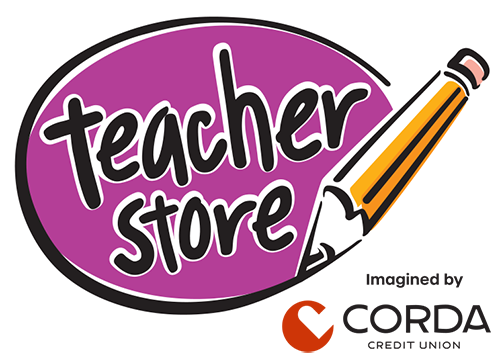Time to Spare
By Carolyn Lyon James
Tension filled the air as the students and adults who were gathered around the table held their cards close, eyeing each other with suspicion.
“Draw two cards!” the student announced to me gleefully as she slapped down a card. I looked woefully at my already over-full hand, and sighed. I drew two more cards and stuffed them in with the rest, knowing that I would not be able to win this round of Uno®.
Playing Uno is a typical way we end the day in our classroom. Once the classwork is done, the lessons are finished, and the room is picked up, most of us gather around a table in a corner of the room, and someone starts dealing cards. And no, we adults do not take it easy on anyone, just because they are students. Our games can get pretty cutthroat, and kids have almost been late for their rides or for the bus, just because no one wanted to quit before we had a winner.
These card games are important in many ways. Although Uno is fairly simple and straightforward, the more the kids play it, the more they discover how to employ different strategies to win. It teaches them how to win — and how to lose — gracefully. Plus, it is the great equalizer. The adults are not letting the kids win, so when they do win a hand, the victory is that much sweeter for them. And best of all? Playing cards is a great way to get the kids to interact with each other.
Every classroom teacher has a way to fill up time should the lesson run short that day. The ideas they come up with are as varied as the teachers themselves.
Kids love a good story, and most elementary teachers have read-aloud books that they keep on hand for occasions when there is time left in the day. But not all good stories have to come from a book. Sometimes kids will ask teachers about their own lives — about their kids or spouses, places they’ve traveled, or what the teachers were like when they were the students’ age. As adults, we spend so much of our time getting to know our students and their needs, we don’t always stop to think how much the kids want to get to know us as well. Kids love being a part of the teachers’ lives and knowing what they’re like when they’re not at school.
Many educators, of all grade levels, also have a cupboard full of games that can be brought out should the need arise. Several teachers told me that they don’t always wait until a lesson runs short to bring out the games. They like to use games to change up the routine and make learning fun. Some will use the computer to create quizzes, like KAHOOT! games or Family Feud. Others will incorporate card games or board games into the lesson to help kids learn.
One seventh-grade teacher I used to work with played a game he called “garbage ball.” He would ask the students a question concerning that day’s lesson. If they answered correctly, they got a chance to shoot a Nerf ball into the garbage can from various points in the room. Not only did it make learning fun, he said, but it was a way to get kids up and moving instead of sitting for extended periods each day.
“Uno!”
What?! I looked at the smiling student next to me. “How could you be down to one card already?” I played a yellow card, changing things up, hoping to stop her from winning. As we went around the table, someone else put down a seven card in green, changing colors yet again. The tension grew as two more players called out “Uno!” Finally, we were back to the girl next to me.
“Boom! I win!” She threw down the wild card she had been holding onto, grinning from ear to ear.
“Well played,” I told her, showing that I could be a graceful loser. “But tomorrow, you better watch out. I’m going to win it all!” The kids laughed, grabbed their backpacks, and ran for the door. Because, once again, they were almost late for their buses.


